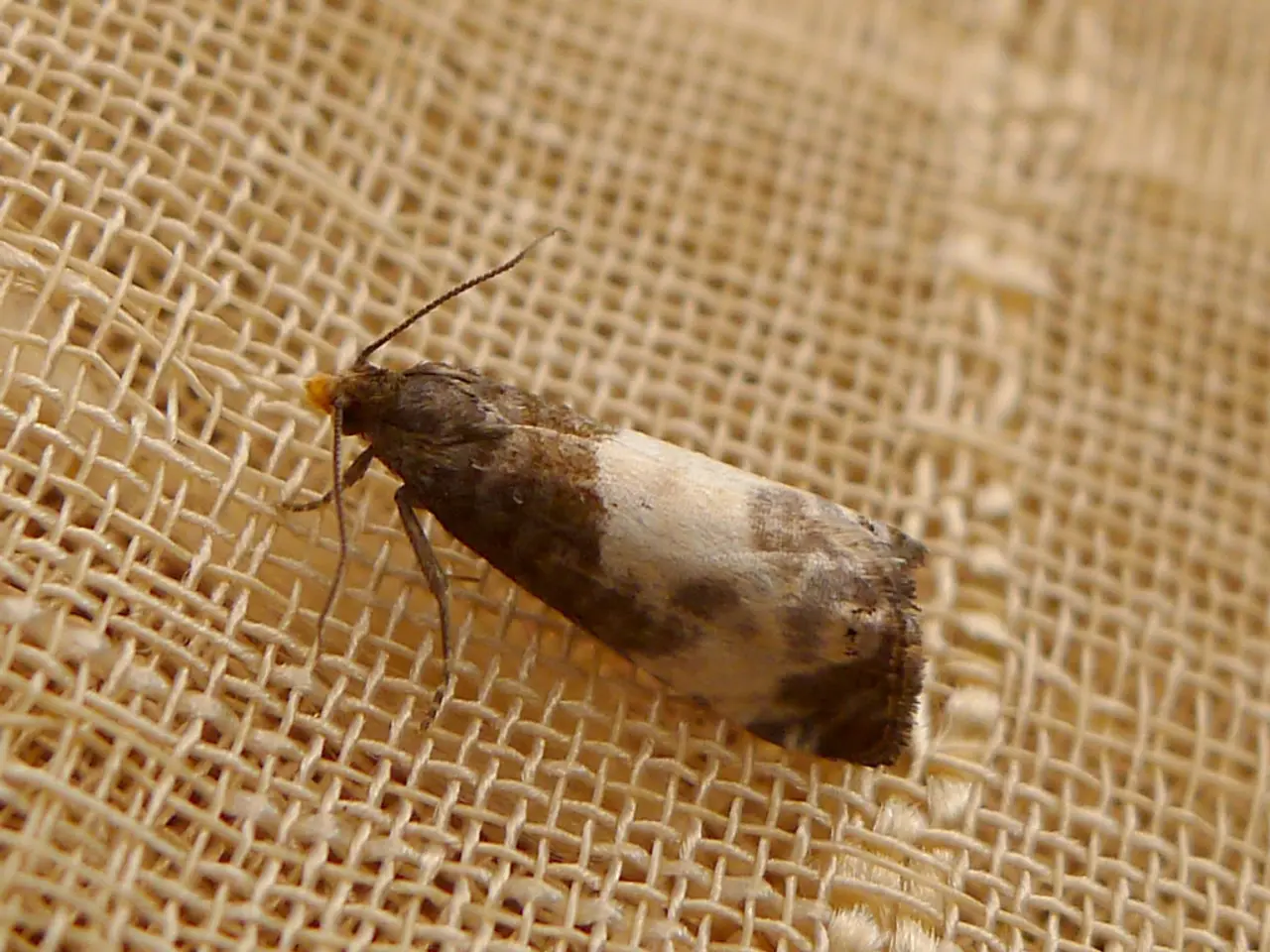Cholinergic Urticaria: Symptoms, Treatment, and Underlying Factors
Cholinergic urticaria, also known as heat bumps, is a form of physical urticaria that manifests as small, itchy wheals on the skin in response to heat, sweating, or exercise. This condition can significantly impact a person's quality of life, leading to persistent itching, discomfort, and potential impairment in job performance and social activities.
While long-term complications exclusively for cholinergic urticaria are not extensively documented, some general considerations can be made based on chronic urticaria conditions and their impact.
### Long-term complications associated with Cholinergic Urticaria:
1. **Chronicity and Quality of Life Impact:** Like other chronic urticarias, CholU can be long-lasting, causing significant discomfort and impairing quality of life. This can lead to reduced job performance and social limitations, as patients may avoid triggers such as exercise or heat exposure.
2. **Psychiatric Comorbidities:** Chronic urticaria, including conditions like CholU, is often associated with psychiatric issues such as anxiety, depression, and sleep disturbances due to ongoing symptoms and the unpredictable nature of outbreaks.
3. **Angioedema:** Although angioedema in cholinergic urticaria is generally not life-threatening, it can accompany the hives and cause mild systemic symptoms, potentially leading to discomfort and swallowing or breathing difficulties in severe cases.
4. **Potential for Misdiagnosis and Delayed Treatment:** Chronic urticarias can be difficult to manage and diagnose accurately, which may contribute to prolonged symptoms and complications from untreated or poorly controlled disease.
In terms of treatment, options for cholinergic urticaria vary between individuals. Doctors may prescribe medications like antihistamines, such as cetirizine or ketotifen, to resolve or prevent cholinergic urticaria. In some cases, more specialized treatments like beta-blockers such as propranolol, Omalizumab (an anti-IgE monoclonal antibody), and danazol (an anabolic steroid) may be used. Ultraviolet (UV) phototherapy may also be employed as a treatment option.
Lifestyle changes to avoid triggers of cholinergic urticaria include avoiding places and activities that warm the body, cutting out spicy foods, limiting alcohol consumption, and stress management techniques if stress appears to contribute. Some dietary choices may help reduce the risk of overheating the body's core and therefore of developing cholinergic urticaria, such as avoiding hot drinks and spicy foods.
It is essential to note that while severe systemic complications are rare, the burden of disease is significant enough to warrant careful long-term management and symptom control. In most cases, cholinergic urticaria is not serious and goes away when the person stops the activity that caused it. However, in rare cases, heat bumps may cause other problems throughout the body, such as headaches, diarrhea, heart palpitations, abdominal cramps, low blood pressure, bronchospasm, wheezing or shortness of breath, asthma, or anaphylaxis, which requires immediate medical attention.
To diagnose cholinergic urticaria, a doctor will consider the symptoms and may raise body temperature to observe the reaction. In cases where the diagnosis is unclear, further testing may be necessary to rule out other conditions.
[1] A. T. Cicardi, et al., "The EAACI Task Force on Immune Mechanisms in Idiopathic Urticaria," Allergy 67, no. 1 (2012): 1-15. [4] F. B. Ruzicka, et al., "International Consensus Grading of Evidence and Recommendations for Management of Chronic Spontaneous Urticaria," Annals of Allergy, Asthma & Immunology 115, no. 6 (2015): 449-456. [5] J. A. Ring, et al., "Diagnosis and Management of Chronic Spontaneous Urticaria: An Updated Practice Parameter," Annals of Allergy, Asthma & Immunology 113, no. 1 (2014): 39-57.
- Research reveals that chronic conditions like Cholinergic Urticaria, often present with unpredictive patterns, which could potentially lead to associated psychiatric issues such as anxiety, depression, and sleep disturbances.
- In the health-and-wellness realm, the impact of Cholinergic Urticaria extends beyond the skin, affecting mental health, as patients may experience anxiety stemming from the unpredictable nature of the condition.
- Dermatology findings suggest that chronic urticarias, including Cholinergic Urticaria, might be linked to a higher risk of psoriatic arthritis in some cases, implying a connection between skin conditions and joint health.
- Science continues to explore the possibilities of therapies and treatments for chronic urticarias, with studies considering predictive models that could aid in early detection and targeted treatment, improving the quality of life for those affected.
- While the scientific community has yet to extensively document long-term complications exclusive to Cholinergic Urticaria, ongoing research in skin-care and treatment advancements hints at a promising future for those affected by this condition.
- To address the health-and-wellness needs of individuals with Cholinergic Urticaria, an individualized approach must be taken, combining medication, alternatives such as UV phototherapy, and lifestyle modifications to better manage triggers and alleviate symptoms.




